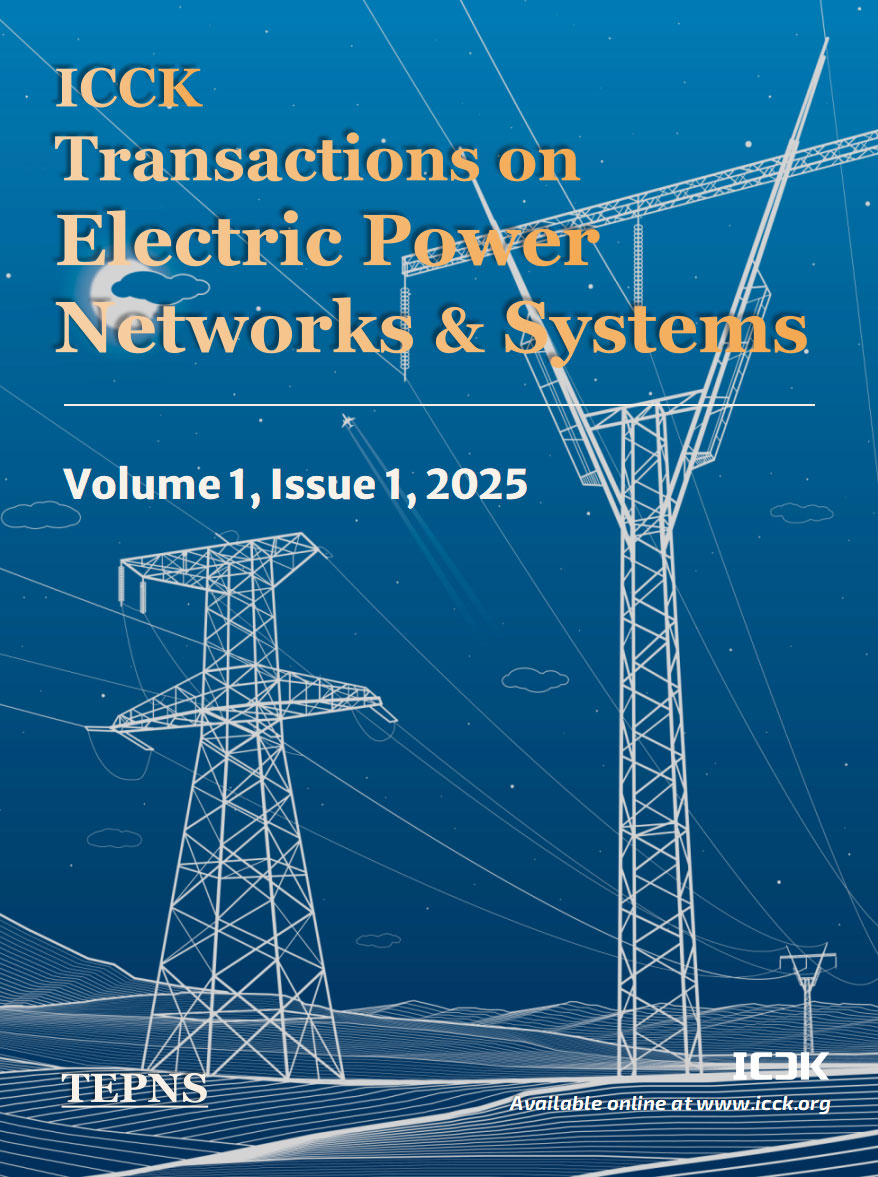Abstract
The results of numerical simulation of temperature modes of cross-linked polyethylene (XLPE) cable under transient states for International Thermonuclear Experimental Reactor (ITER) application are presented. The pulsed electric current load in the external circuit rapidly changes with the maximum values of 1.5 kA during tens of seconds decay with a period of 1200 s that corresponds to operation modes of the ITER fusion reactor. The core temperature achieves periodic steady-state at 20000 s, which is consistent with 4-5 cable thermal constant (~ 4500 s). The numerical results obtained reveal that the skin effect plays an insignificant role on core temperature dynamics. Multiphysics model links electric current with heat generation in cables with respect to electromagnetic effects and measured temperature dependencies of electro and thermophysical properties of the cable’s XLPE insulation.
Keywords
pulse cable
skin effect
temperature transient state
thermophysical property of cross-linked polyethylene (XLPE)
Data Availability Statement
Data will be made available on request.
Funding
This work was supported without any funding.
Conflicts of Interest
The authors declare no conflicts of interest.
Ethical Approval and Consent to Participate
Not applicable.
Cite This Article
APA Style
Chesnokov, E., Feklistov, E., Greshnyakov, G., & Emelyanov, O. (2025). Simulation of Thermal Operation Modes of XLPE Pulse Cable. ICCK Transactions on Electric Power Networks and Systems, 1(1), 17–25. https://doi.org/10.62762/TEPNS.2025.127082
Publisher's Note
ICCK stays neutral with regard to jurisdictional claims in published maps and institutional affiliations.
Rights and Permissions
Institute of Central Computation and Knowledge (ICCK) or its licensor (e.g. a society or other partner) holds exclusive rights to this article under a publishing agreement with the author(s) or other rightsholder(s); author self-archiving of the accepted manuscript version of this article is solely governed by the terms of such publishing agreement and applicable law.


 Submit Manuscript
Edit a Special Issue
Submit Manuscript
Edit a Special Issue

